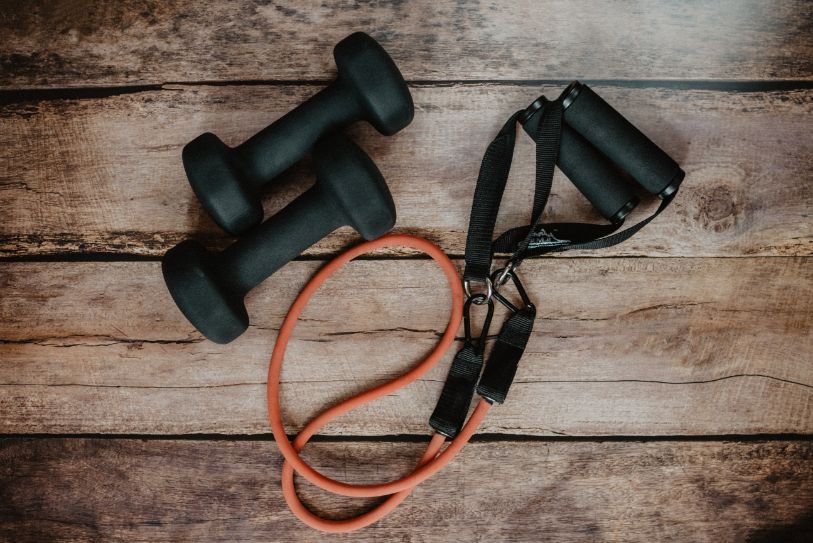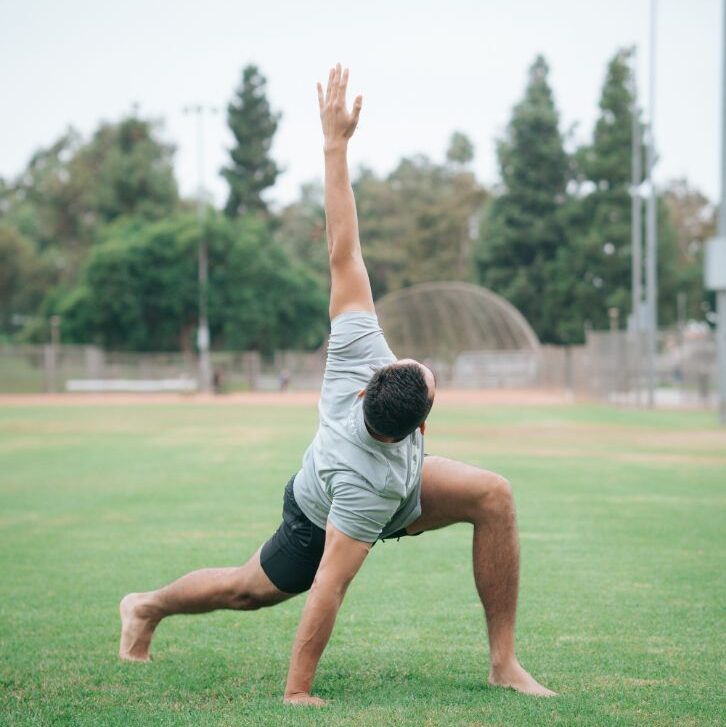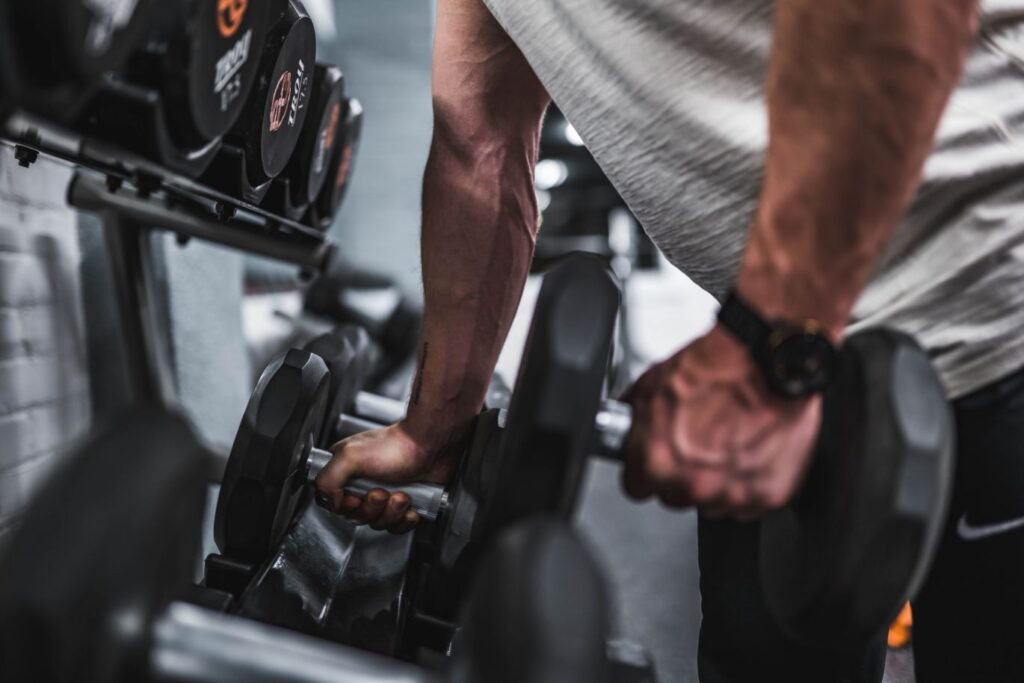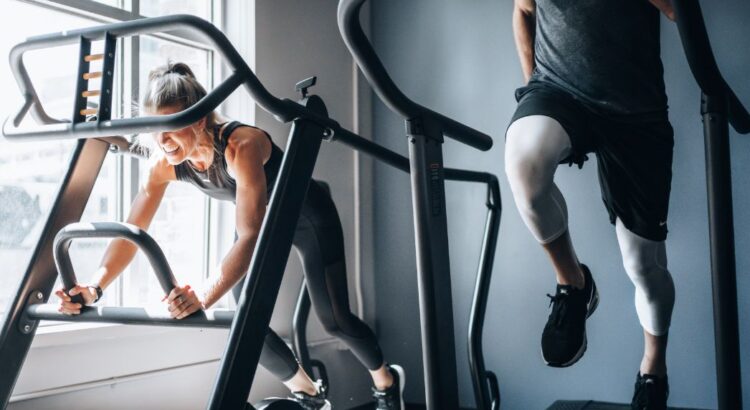We talk about which exercise should be done first in this article, as well as whether it matters. Learn more by continuing to read.
It can be confusing if you are brand-new to the gym. There are numerous exercises to perform and numerous different muscles to focus on. However, a lot of people struggle with knowing which exercises will help them the most and which one should be done first.
It actually matters in some cases in terms of your goals and training objectives in which order you perform the exercises.
You may already be aware of the importance of a good warm-up before engaging in weight training. However, many times people are perplexed by what follows. Which exercise should I perform first? and in what order should they be done?
Does It Matter What Order You Perform Exercises in a Workout?
The sequence in which your exercises are done matters when working out at the gym.
Recent studies show that how well you train depends on the order in which you perform your exercises. Numerous studies have shown that the exercises should be performed in a sequence that best serves your training goals.
For instance, you should prioritize your cardio before working out with weights if your objective is to increase your cardiovascular fitness rather than your strength. The same is true of weightlifting. Prior to working on other body parts, you should concentrate on exercises that will strengthen your shoulders and upper back.
In other words, you should perform your most desired or focused exercise first when weight training. By doing so, you can get the most out of the exercises before exhaustion sets in and your form deteriorates.

Your goals and training objectives will play a major role in determining whether you should perform cardio or weight training first. Nevertheless, whether your objective is to improve your cardiovascular fitness or engage in strength training, cardio should always be used at a low to moderate intensity during your warm-up.
Program Plyos First
Plyometric exercises are popular because they can help you become explosive and powerful. Only performing plyometric exercises twice a week is the general recommendation of experts. And on the days you do them, do them after warming up but before anything else.
Despite the fact that these exercises will make you faster and firmer, Luciani advises against using them when you are tired.
“Plyometric exercises require complete focus and proper form. Traditional plyometric exercises won’t be as effective at the end of your workout as they will at the beginning because they won’t be as explosive.”
Do Multi-joint before Single-joint
If you really want to reap the benefits of strength training, multi-joint-also called “compound”-exercises are where it’s at. According to Luciani, compound exercises like the back squat, deadlift, and push press to involve movements that work multiple joints and consequently numerous muscle groups simultaneously.
“They improve full-body strength, elevate the heart rate quickly, and improve coordination and balance too,” explains Luciani.
Do High-energy Bodyweight Moves First
You may believe that order is unimportant if all you are doing in your workout is bodyweight exercises. But it does—particularly if you’re new to the gym. “Use the same principle as above: Do the exercises that require the most energy first,” says Luciani.
Consider the question: Which requires more energy, a calf raise or a push-up? Which exercise requires more energy, a crunch or an air squat? A glute bridge, a pull-up, or an air squat? A pull-up.
Is It Better to Start With Strength Training Or Cardio?
Whether or not you should do cardio before weight training is the million-dollar workout debate. The solution is based on your goals, claims Luciani. “If you want to build muscle, start with 5 to 12 minutes of low- to moderate-intensity aerobic exercise to get your blood flowing.” (This could involve a quick dynamic warm-up or some time on the elliptical or treadmill.)

More than that could put too much strain on your muscles; you want to be as rested as possible before taking on the dumbbells or barbells, which are where you’ll build strength.
This is supported by research: In a study published in The Journal of Strength and Conditioning Research, researchers examined exercises that combined strength training alone, running and strength, and cycling and strength. They found that people who had just run or cycled completed fewer reps.
Another study found that people who first ran on a treadmill had lower muscular strength and were unable to perform as many repetitions. So, if you want to bake cardio into the equation, warm up, perform your strength training and then end with lengthier aerobic intervals.
If you’re getting ready for a race or want to increase your aerobic endurance, start with cardio and progress to weights. “Long-term steady-state cardio or high-intensity interval training can drain your body,” Luciani explains. “So just use proper technique to lift as much as you can.”
You could also do your strength training on days when you don’t have any training miles to enable you to work harder. (Take a look at these strength exercises that every runner should try.)
6 Essential Phases to Every Workout
There are six important phases to do before you exercise:
Warm-up
Stretching out your joints and muscles is made possible by it. The process of gradually raising your heart rate is known as warming up. It links your mind and body so you can focus on your workout.
There are many ways to warm up, but walking is the most efficient. It’s advantageous to walk because, after some time, it forces you to move from a passive or sedentary state to an active one.
Dynamic Stretching
Your muscles can be further relaxed by stretching. It assists in preparing and improving the range of motion. Although there is much debate about the benefits of stretching before exercise, I believe it is important because it helps the body become more flexible before a workout.
The muscles you’ll use the most during your workout should always be the main focus of your stretches.
Strenuous Workout (Also Known as Cardio Or Aerobics)
These are intense exercises that increase your heart rate from low to high. With or without the aid of equipment, they can be carried out. The elliptical machine is the best option, though, if you have to use a machine.

Strength and Resistance Training
These are muscle-building, body-strengthening, and toning exercises. They are an essential part of every exercise program. Everyone’s muscles weaken as they age, and if you don’t do anything to stop it, your body fat will inevitably increase.
Stretching That is Static
Due to the shortening and tightening that takes place during exercise, the body typically experiences negative effects. After your workout, start easing into stretches gradually to loosen up the muscles and give them new blood and oxygen. The restoration process is launched by it. For 10 to 15 seconds, maintain the stretch.
Cooling Off
Additionally, it accelerates the rate of recovery. You can complete it by taking a leisurely 3–4 minute walk. Your workout is safely finished with it. Think about a car that is speeding down the road and the driver suddenly slams on the brakes.
Conclusions
It can be alluring to assemble a workout like ingredients in a blender. Spend a little more time organizing the sequence in which you’ll perform your exercises, though, to make the most of your time at the gym.
Consult a personal trainer or coach if you’re unsure of how to organize your weight training exercises or which muscles to focus on first. They can point you in the right direction.
